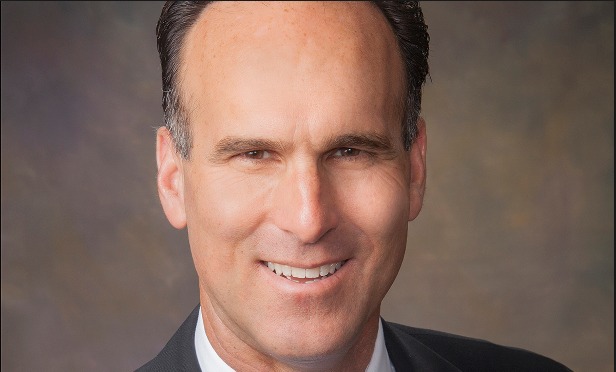 Kurt Strasmann is a executive managing director at CBRE.
Kurt Strasmann is a executive managing director at CBRE.
Warehouse development is booming across the country, and a recent report from CBRE shows that the West Coast is leading the country in new warehouse development. While experts expect the construction pipeline to continue to grow, so long as there isn't a trade war or increased tariffs. Ultimately, strong warehouse demand is outpacing supply, which will continue to fuel construction activity.
“[Warehouse development will continue to rise] provided we do not have a prolonged tariff conflict,” Kurt Strasmann is the executive managing director of CBRE's Orange County and Inland Empire operations at CBRE, tells GlobeSt.com. “Developers and capital are very bullish on industrial. Demand is expected to keep up. In 2018, the West Coast market benefited from strong activity, pushing net absorption to over 48 million square feet. Given most markets are below the national vacancy average, supply must keep pace with demand.”
Demand has been outpacing supply for years, and even in the event of a trade war, there will continue to be a dearth of warehouse supply throughout the Western US. “Since 2015, warehouse demand on the West Coast has outpaced new warehouse completions by 20 million square feet,” says Strasmann. “This trend is expected to continue unless there is an unforeseen economic crisis.”
The Seattle/Tacoma markets, Bay area, Los Angeles and the Inland Empire are the strongest markets on the West Coast, and all have strong fundamentals and substantial warehouse development pipelines. “All these areas boast a great business infrastructure, big population density and port entry points, which present the fastest and least expensive transportation method for goods coming from Asia into the U.S.,” says Strasmann. The Inland Empire is leading the West Coast market in terms of new warehouse construction.
Of course, with such strong demand, these markets are showing extremely low vacancy rates and rising rents—factors that trigger strong speculative development. “Strong demand in these markets pushed warehouse vacancy in most of them below the national average of 4.4%, prompting more speculative development to keep pace with current and anticipated demand,” says Strasmann. “As a result, the amount of spec development compared with build-to-suit has widened. Demand from e-commerce related users, 3PLs, wholesalers, and food and beverage are the key industries driving demand levels.”
© Touchpoint Markets, All Rights Reserved. Request academic re-use from www.copyright.com. All other uses, submit a request to [email protected]. For more inforrmation visit Asset & Logo Licensing.






